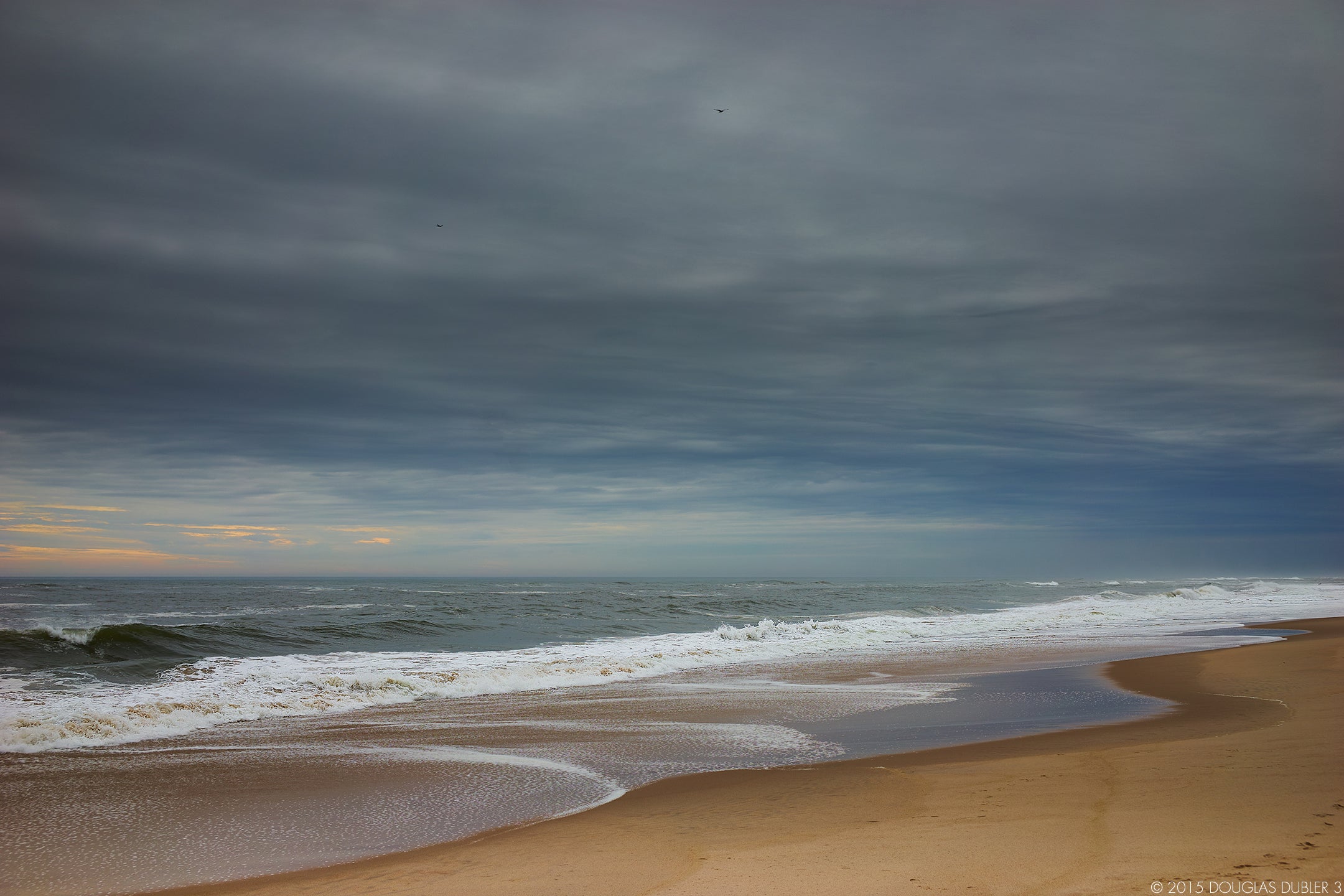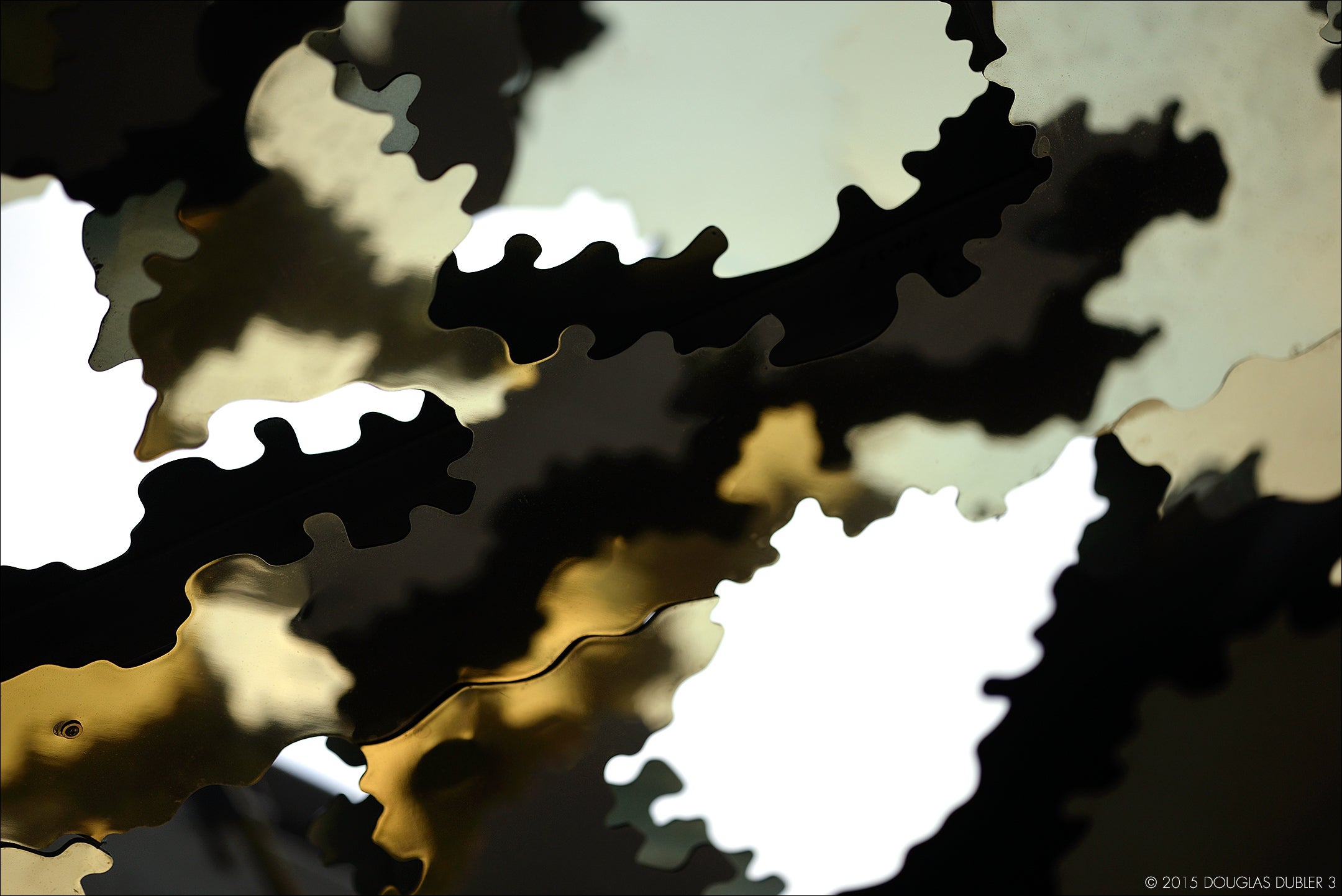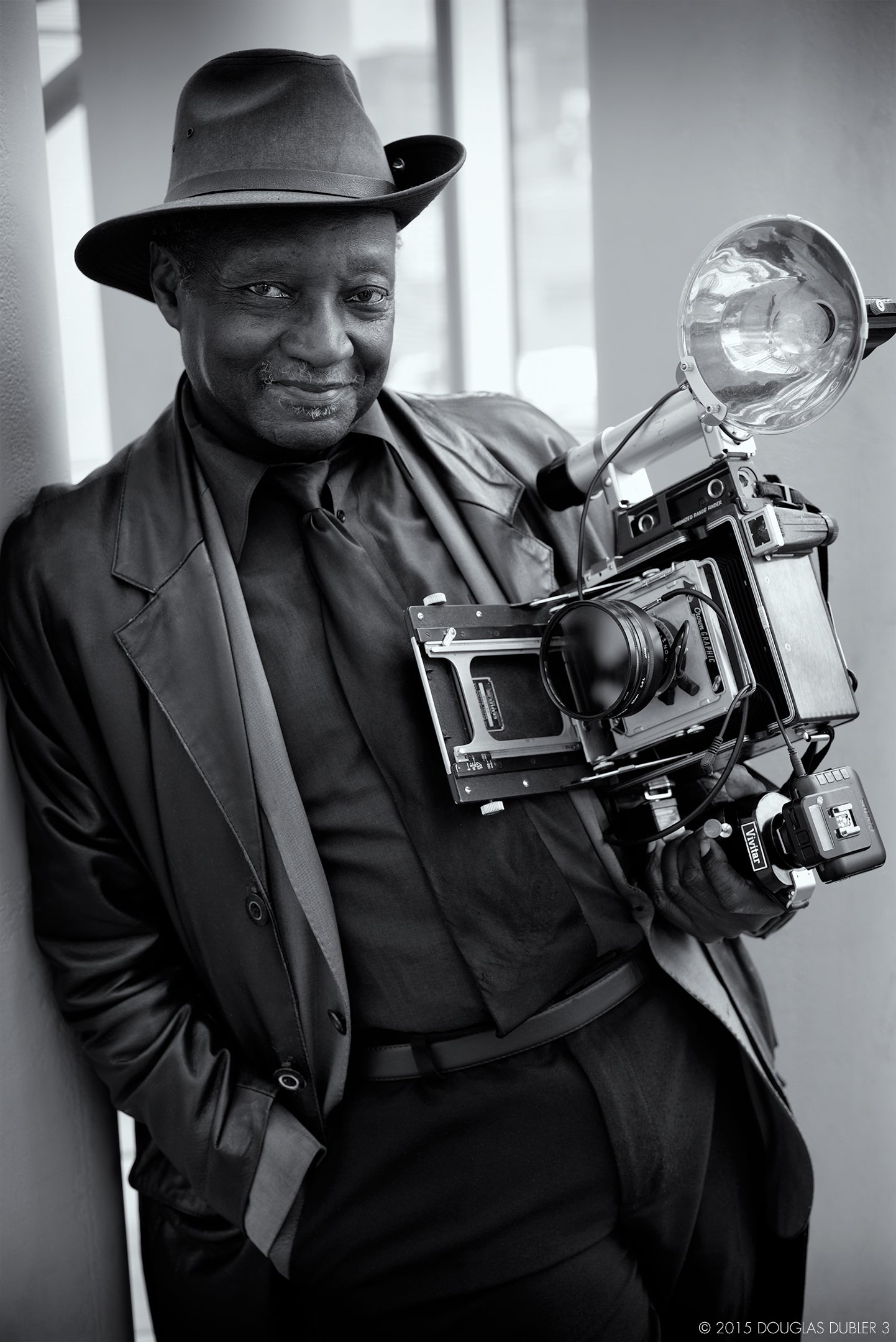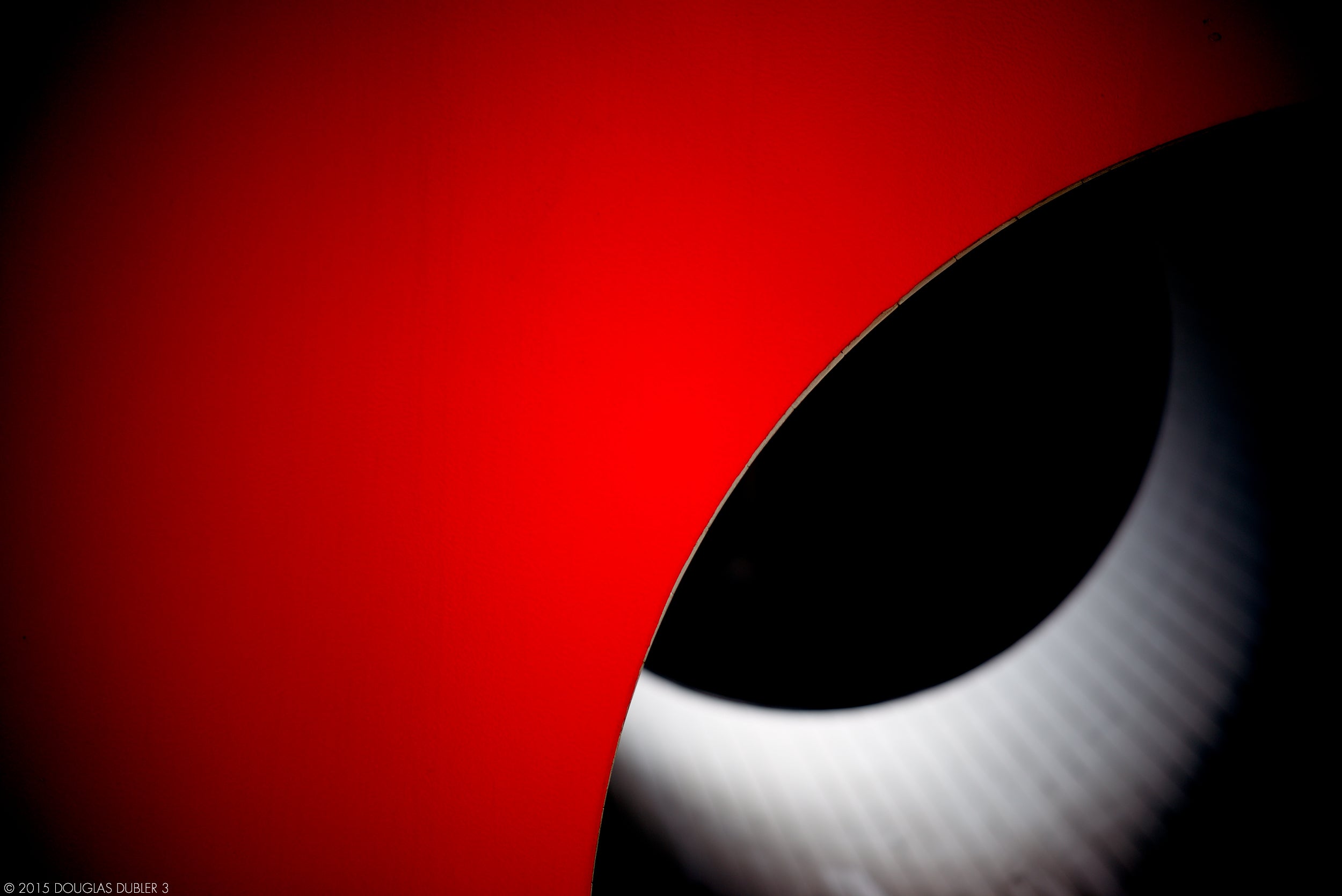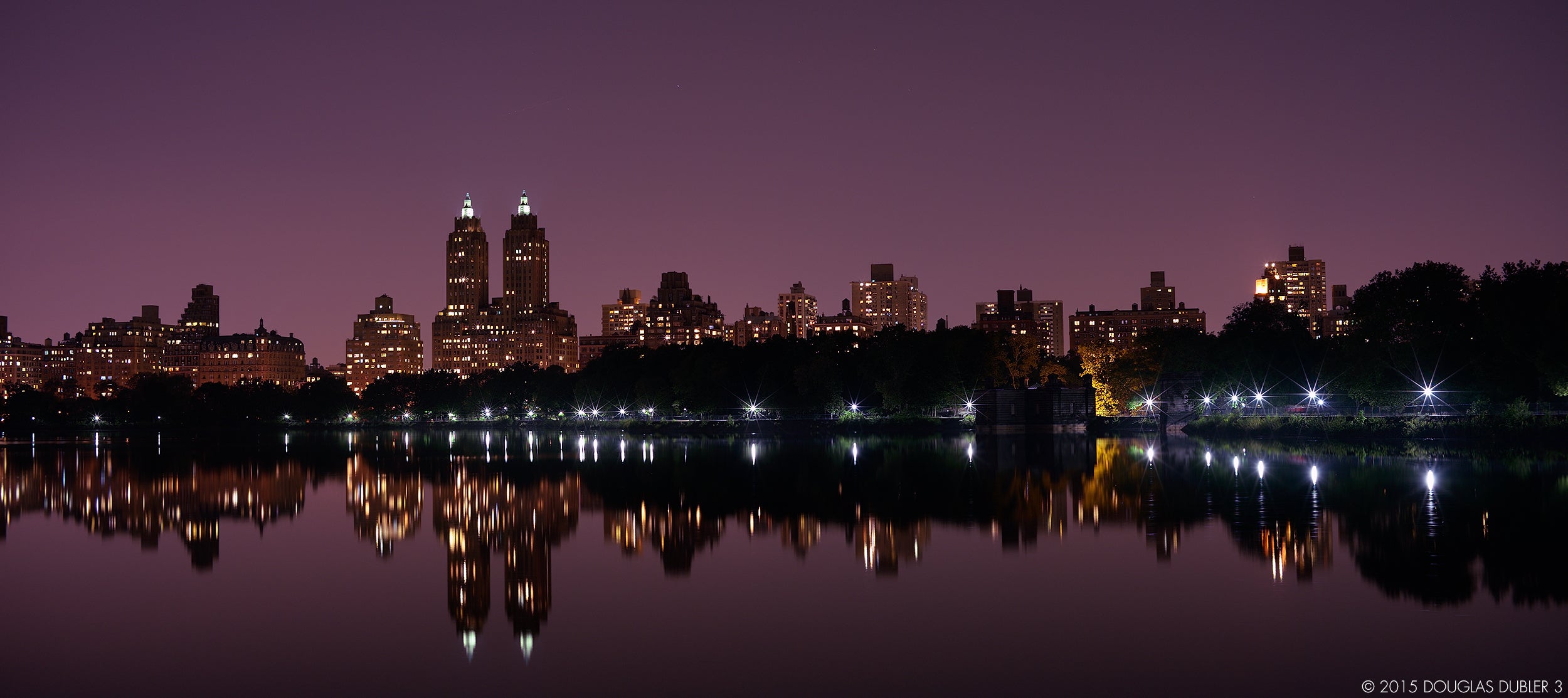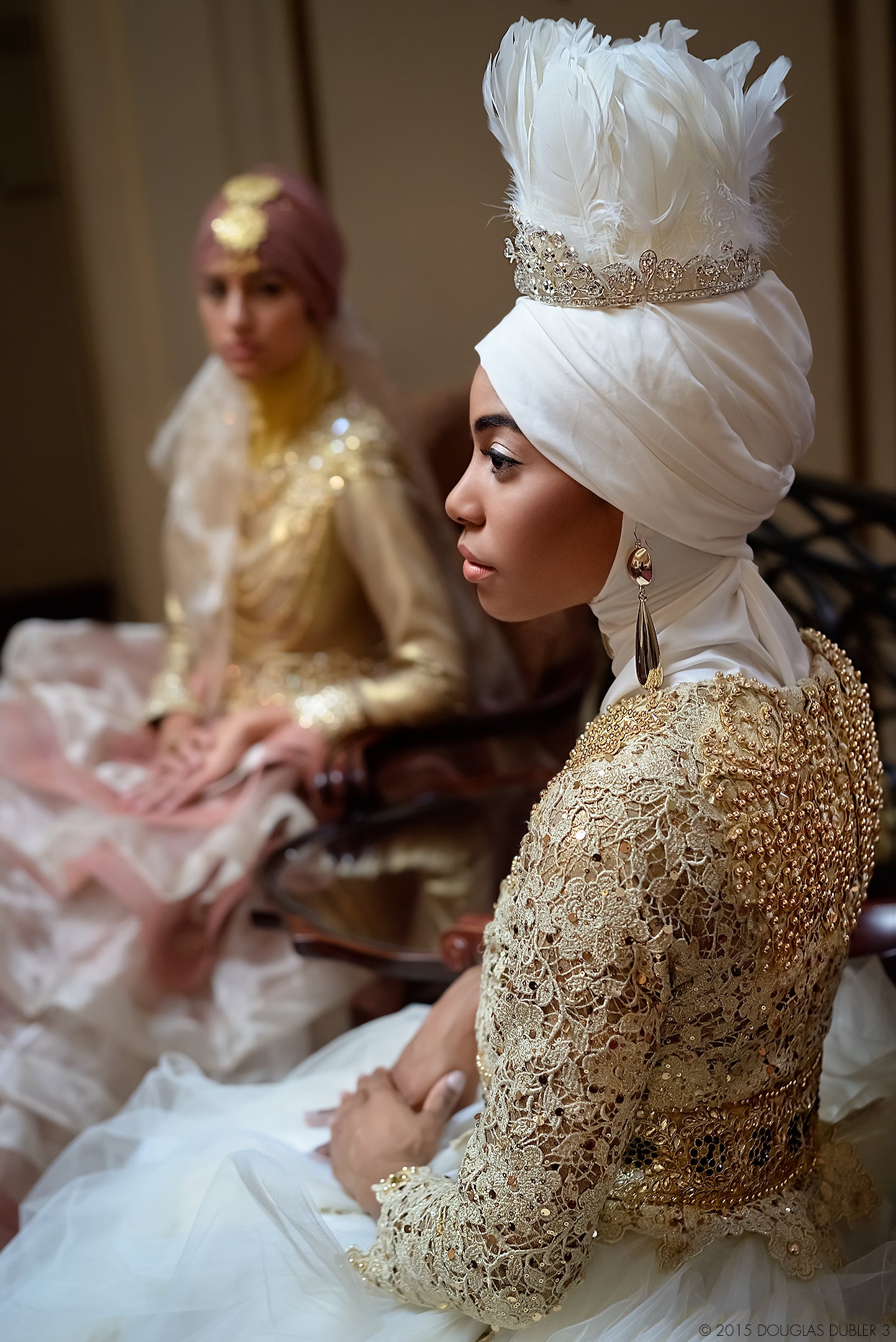Photography by Douglas Dubler
Words by Richard Hood
Douglas Dubler is one of the industry’s foremost fashion and beauty photographers, with credits for scores of major magazine covers, and independent projects featuring large prints of stunningly-captured models. More recently, he has taken-on personal creative projects with ballet dancers and other fine-art subjects. His work is marked by precise preparation and attention to detail, and the results are strikingly sharp, beautiful, and expressive images.
Perhaps most striking about Dubler’s career arc is the fact that he is always progressing, always trying to find better ways to express his artistic vision. Recently, this approach to his art has led him to embrace an entirely new set of tools, all embodied in the amazing technology behind the Sony α7 family of cameras.
“I have always tried to remain aware that a photographer’s responsibility is to evolve as an artist,” says Dubler. “I’m working constantly to bring experience, creativity, and technical knowledge to bear in new and more compelling ways. Consequently, I believe it’s critical for the artist to remain in touch with the latest developments in photographic technology and equipment, to adopt new tools as they improve. At the same time, the technology can’t replace the artist’s eye, or creative experience. My approach depends upon finding the very best tools for the job, while still beginning in the vision of a completed, striking image, and ‘working backwards’ through the technology to achieve the ultimate photograph.” For him this journey always ends with the print, a workflow inspired by Ansel Adams and one that he has followed for almost fifty years.
From The Street Up
Recently, Dubler has switched from his 36MP DSLR to using Sony mirrorless technology, in a progression of cameras he has tried over the past several years. As is typical for this professional, he has worked his way into these cameras from a carefully calculated series of tests. He began by shooting on the street.
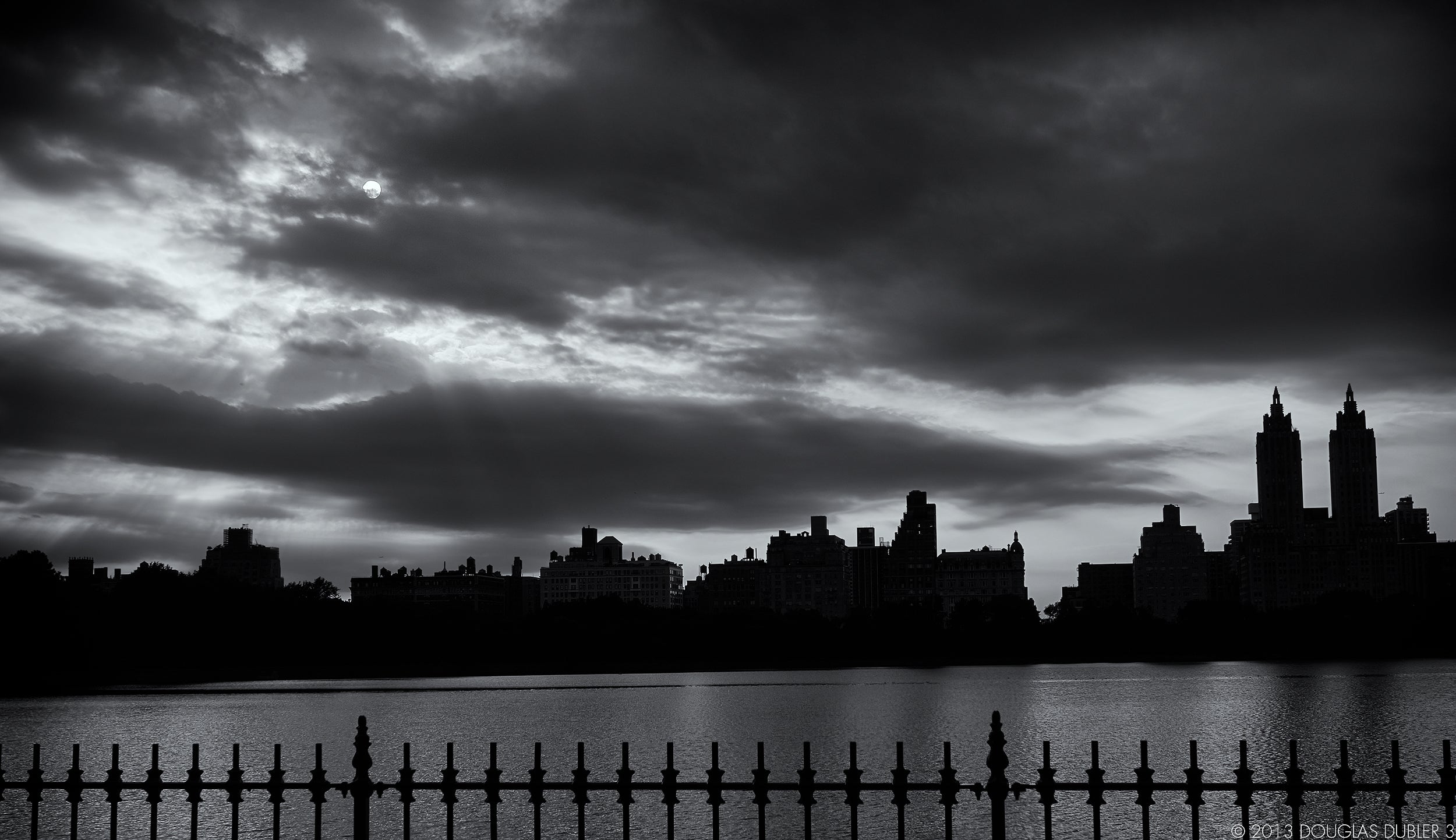 The Central Park reservoir image was the beginning of a continuing series of photographs taken on the street, using this new, lightweight, Sony NEX-7 24MP mirrorless camera. “For this image I used the Zeiss 24mm f/1.8 lens (36mm equivalent),” Dubler says. “I found I could make 17”x22” and larger prints, sharp enough for exhibition. I quickly adopted the camera as a welcome upgrade to my previous point and shoot cameras that limited me to 13”X19” prints, at most.”
The Central Park reservoir image was the beginning of a continuing series of photographs taken on the street, using this new, lightweight, Sony NEX-7 24MP mirrorless camera. “For this image I used the Zeiss 24mm f/1.8 lens (36mm equivalent),” Dubler says. “I found I could make 17”x22” and larger prints, sharp enough for exhibition. I quickly adopted the camera as a welcome upgrade to my previous point and shoot cameras that limited me to 13”X19” prints, at most.”

Shortly afterwards, Dubler purchased a Sony point-and-shoot camera for his girlfriend, and used the camera himself, for several weeks in order to help her become familiar with its features. “This RX100 III produced several arresting shots that would have been much more difficult to shoot with my heavy DSLR.,” Dubler says. “The camera’s portability, it’s 21MP image-stabilized files, and 24-70mm f1.8 zoom gave me professional-level shots in a very compact format. By contrast to my imposing professional DSLR, no one ever approached me to ask what I was doing. A very big plus, because it affords me a range of shooting possibilities that would otherwise be unavailable.” These pictures include the spectacular shots of multiple brass instruments, shot through Bergdorf’s store window, and the Miro-like abstracted close-ups of Louis Vuitton’s Christmas window.
Sony α7-Series For Pro Work
“From there,” Dubler says, “I moved to the 24MP α7 II and spent some months taking impromptu artistic street shots, always in my minimalist style. Again the features of compact size, light weight, low-light performance and quick and accurate focusing were perfect for this genre of photography. One day in front of the Metropolitan Museum I encountered a mime who had coated himself with what appeared to be white latex paint. He performed by swirling his cape around, making amazing forms. I wanted to catch him in a compelling pose, as he sat on the street, and this was a challenge, because I was manually focusing. I stopped the lens down to f/4, to get an acceptable depth-of-field, and relied on the ‘focus peaking,’ or ‘marching ants,’, to give me a clear image.” Dubler says the camera and the 85mm lens worked together “like two dancers anticipating each other’s moves,” and, with the in-body image stabilization (which allowed a handheld shot, at 1/60 sec.) he was able to get this remarkable photograph.

“The trials I was doing with the α7 II led me to begin thinking about using the mirrorless technology, professionally, in place of my DSLR. This would constitute one of the biggest changes in my career, and I wanted to be certain I was making the right choice. I’m a stickler for precision, detail and execution, so I asked Mark Weir at Sony to send me an α7R II, and I set up a studio shot with my friend, Billy Jim, where we tested the α7 II and α7R II on tripods (as a control), and hand-held. The results were terrific. Shortly afterward, I purchased an α7 RII.”
Backstage Pass – How The Sony EVF Triumphs In Nightmare Conditions
Dubler decided to try the camera under extremely difficult circumstances, so he used it as a replacement for his DSLR in a series of shots he was taking backstage at the Ellison Ballet. “The conditions there are a photographer’s nightmare,” he says. “The low-light levels, alone made accurate focusing with the DSLR close to impossible. On the shoot I did two years ago, I took hundreds of images, with a very low level of acceptably sharp photographs.”
“The mirrorless design of the Sony α7R II, produces a very lightweight, portable camera, perfect for shooting these un-posed sorts of portraits,” Dubler says. “Further, with the electronic viewfinder, you can see what you’re looking at, even in very low-light situations. The quick autofocus is perfect for this kind of work, giving you speed and accuracy in grabbing the particular ‘instant’ when a great artistic opportunity appears.”

One of the best examples of these features in action, is the candid backstage portrait of the young dancer, Nio Hirano, from Japan. “She is focused on watching the other dancers on stage, and is completely unaware of my camera. Her gesture and body language specifically are what drew me to this moment. I used the camera’s ‘silent’ shutter mode, which produces no audible camera noise. This is a terrific asset for instances like this.”

Another shot of Nio Hirano, in black and white, is a nice counterpoint to the color image. I shot both with the 85mm f/1.8 Zeiss Batis lens on the α7R II. The f2.8 lens aperture gives me a little more depth-of-field, but the point of focus remains her eye.” Again here, the Sony’s autofocus function and electronic viewfinder allow for this sort of precision, even in low-light. “Even at f2.8, the bokeh is extremely pleasing, and the distant male dancer provides a nice balance in form and content,” Dubler says.
Of the technical issues confronting a photographer who wants to capture dancers backstage in these unplanned moments, perhaps the most critical is lighting. These shots are available only in very low-light conditions, and a camera that can’t focus, and display an image accurately, leaves the photographer working virtually in-the-dark. “Last year, I tried my 36MP DSLR, and was forced to use extremely high ISOs (up to 6400) because I needed an extremely fast shutter-speed to get sharp images. Specifically, 1/320 sec with the Zeiss Otus 85mm f/1.4. Focusing was a constant issue, as was seeing the intended shot through the optical viewfinder.
The switch to his Sony α7R II allowed Dubler to shoot stopped down to f/2.8, “giving me greater depth-of-field, higher quality images, and allowing me easier viewing through the bright EVF finder—not to mention the size and weight reduction. “
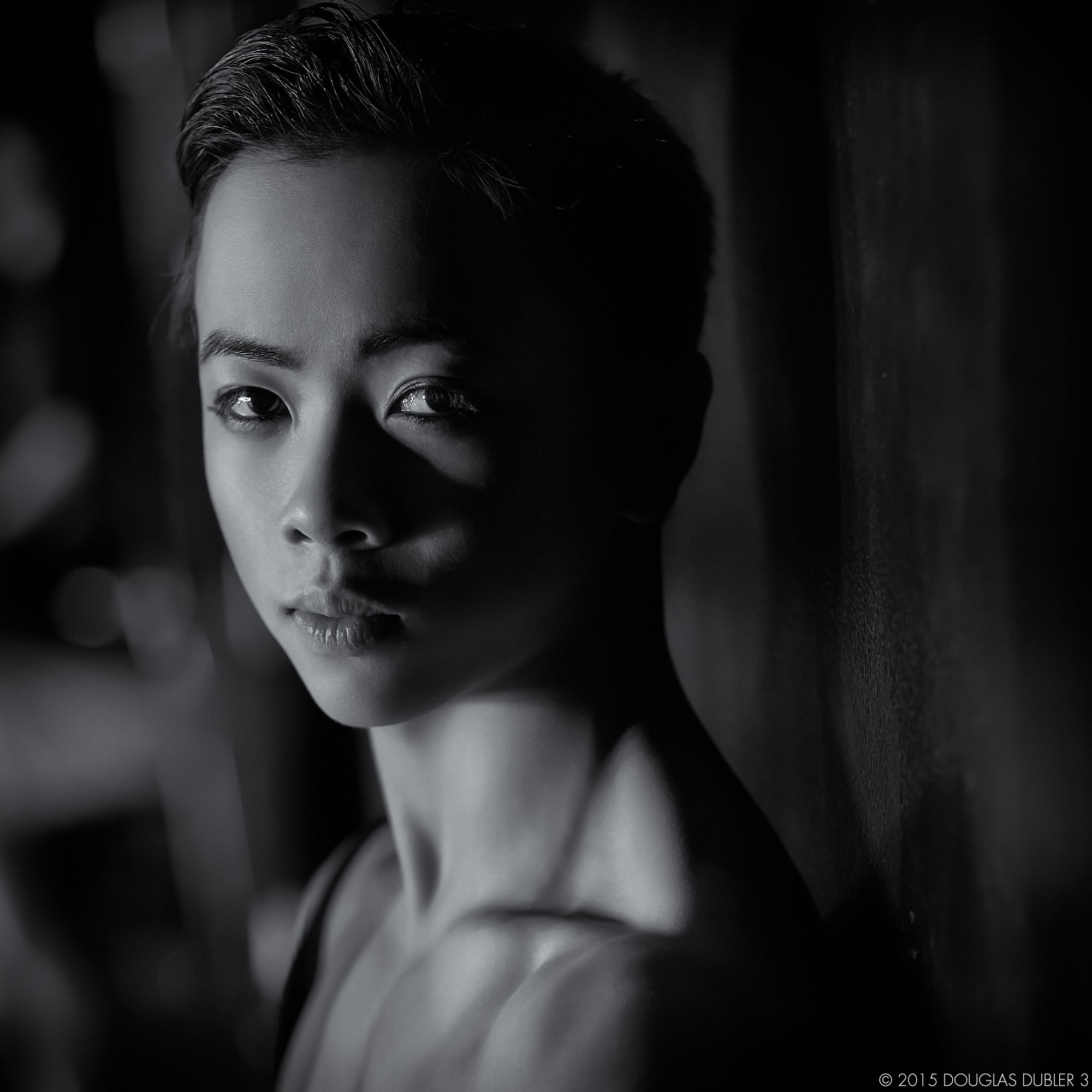
The last image of the current Ellison Ballet series is a powerful portrait of male dancer, Theo Pilette. “The large file of the Sony α7R II camera enabled me to do an aggressive crop and still have the equivalent of a native 24MP capture. The higher ISO, 1600, maintains good contrast, and what noise exists bears a close resemblance to film grain.”
These striking photos of young dancers demonstrate what complexity can be achieved when two highly technical, yet powerfully emotive art forms interact. Dubler’s work manages to capture the artistic tensions inherent in both dance and photography, and translate them into compelling images. We see the deep, human beauty of these young dancers, who remain deeply concentrated as artists, but warm and vulnerable, as people.
“The Sony camera,” says Dubler, “allows me to work quickly and accurately within the backstage setting, while remaining an unobtrusive viewer, able to capture the feelings of these dancers, without forcing them into a stilted awareness that someone’s taking my picture.
Bringing Natural Light Back In Fashion
Now that he’d put the α7R II through its paces in an extremely difficult environment, Dubler wanted to try it out on his specialty, fashion and beauty photography. He had the opportunity to shoot models during a fashion show at the Indonesian Consulate, in New York. “Initially, I had my assistants set up my Broncolor electronic flash equipment to augment the existing available light, which came from a beautiful diffused art deco glass ceiling. But I was in the middle of a busy fashion show where the models were typically in constant motion. So I decided to put away the flash equipment and shoot available light with the α7R II. This was a decisive choice I would not have made with my DSLR.”

Enter the beautiful model, Sarah Azka, looking like a vision out of ‘1001 Arabian Nights’. Her beautiful couture dress and dramatic headpiece were designed by Anniesa Hasibuan. They were a beauty photographer’s dream come true.
“I found a spot on the third floor where the light had a beautiful bounce quality; though, because it was after 3:00 PM, my f-stop was starting to drop quickly. I knew I had to work quickly. I changed my ISO to 400 and put the 85mm f/1.4 on my α7 II with my Novoflex adapter. I had my assistant hold a diffused silver reflector close to Sarah’s face to provide adequate fill. At f/2.8 I was at 1/30 sec. which was about as slow as I wanted to go, hand-holding this heavy piece of glass. With my DSLR camera, I would have had to be at 1/320 sec. which would have increased my ISO to over 3200. I feel the quality of the shot I created with the α7R II rivals those I have produced in the studio with many more resources involved.”
The Sony camera, Dubler says, allows him a freer hand with his work, without making him a slave to the technology. It’s a piece of equipment that represents the near-perfect extension of the photographer’s own vision into an amazing range of formerly difficult shooting contexts.
Working with his DSLR camera, Dubler had to be concerned about preparation: lighting, shutter speed, the optimal ISO, all items that had to bridge the gap between his artistic conception and the relatively unwieldy implement that would capture the instant. “With the Sony, and its ability to operate, hand-held, in an amazing range of lighting situations, the space between concept and image is remarkably condensed,” he says. “As a result, I can find many, many more opportunities for terrific shots. This opens-up the range of artistic, expressive possibilities, without making any compromise to the technical quality of the images.”
Embracing The Full Sony System
The Carl Zeiss Batis 85mm f/1.8 lens has been Dubler’s “go to” lens for portraits and low-light situations. “Zeiss has always produced the best lenses I ever worked with,” says Dubler. Now Sony is making a new line of premium lenses, the Sony G Master lenses. These lenses are produced by implementing a new technology, assuring that the lenses will come from the mold with surfaces true to a tolerance of one-tenth of a micron and Dubler is particularly looking forward to trying the FE 85mm f/1.4 GM G Master . “This standard means that the lens surface is accurate to about one thousandth of a human hair, and means that hand-polishing—already a less-then-perfect art—is reduced to a minimum. Equally important, the lenses are optimized for both ‘bokeh’ and resolution. I expect these new Sony G Master lenses to be quite exceptional.”
For Dubler, the Sony mirrorless cameras produce amazing results, combining professional images and ease of operation. “I feel much freer to explore photographic possibilities, without having to ‘arrange’ everything in order to assure a quality image.” An artist’s tools should facilitate the most complete progression from conception to final work, and, with the Sony a7R II’s combination of portability, possibility and power, Dubler feels he has taken another major step in his own artistic evolution.
Here are more images Douglas Dubler has made with his Sony α7-Series cameras:
